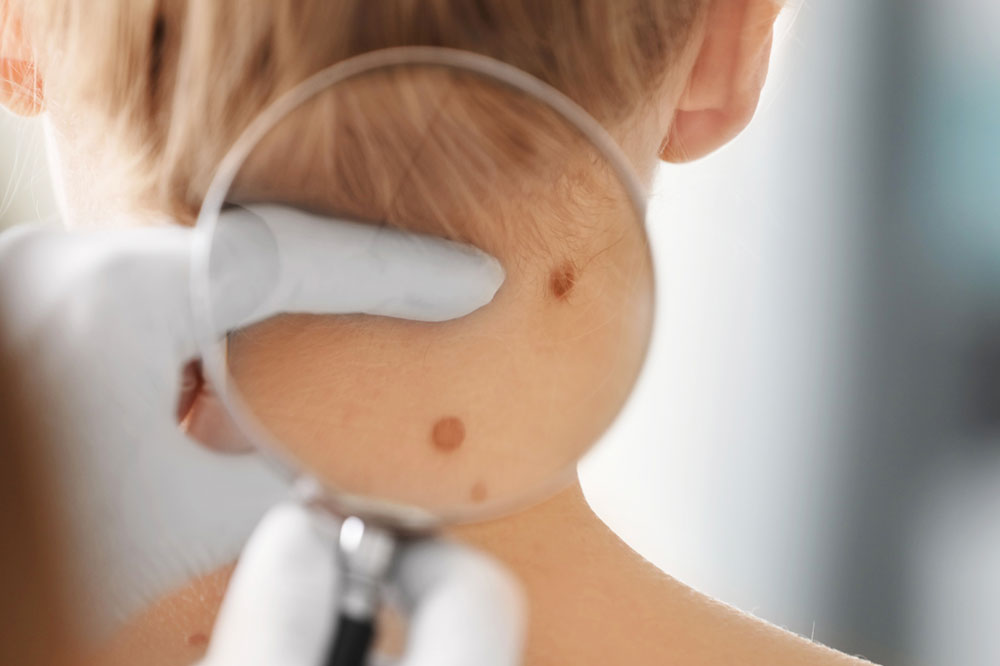
Ways to Prevent and Treat the Signs of Melanoma
Melanoma is a serious type of skin cancer, and it affects the cells that produce melanin, which determine skin color. While the exact reasons for developing this kind of cancer is not clear, extended exposure to tanning beds, lights, and constant exposure to UV radiation from the sun may increase the risk. Here is a great guide for melanoma prevention, symptoms, and treatment options.
Signs and Symptoms
You can see signs of melanoma in both exposed and unexposed parts of your body. Watch out for any new growth or pigmentation on your skin that is unusual. An existing mole that may be changing. If there is any change in shape, size, color, or appearance, you should take the opinion of a physician. The doctor may advise tests to study the mole further.
Prevention Methods
If you are looking for melanoma prevention, symptoms, and treatment advice, here are tips that will keep this condition at bay.
- Avoid the Harsh Sun
Whether it’s cloudy, rainy, or sunny, it is best to avoid the sun when it is at its peak. Generally, between 10 AM and 4 PM, the sun is considered to be the harshest. Avoiding exposure during this duration will prevent sunburns or suntans that can cause considerable damage to your skin, increasing the risk of melanoma. - Choose the Right Clothing
Always choose clothes that match the activity you are doing. If you plan to step out in the sun, for an extended time, ensure your arms and legs are covered with dark and tightly-woven material. A broad-brimmed hat is appropriate as well as a pair of good-quality sunglasses. - Apply Sunscreen
A broad-spectrum sunscreen must always be applied before you step out of your home. Ensure you cover all exposed areas, and reapply every two hours. If you are perspiring, or are in the swimming pool, then you must reapply sunscreen more often.
Treatment Options
Treatment advice will depend on the stage of cancer.
- Early-stage/small melanoma
In the early stages, surgery may remove any small melanoma. In a biopsy, the surgeon will remove the melanoma along with a thin line of normal skin. This is a precautionary measure to prevent further occurrences. - Surgery
If the melanoma has spread considerably to the nearby lymph nodes, the surgeon will remove the infected nodes. Depending on the severity of the case, surgeons may suggest additional therapy too. - Therapy
Immuno-therapy, radiation, chemotherapy, and targeted therapy may be suggested by the physician. The recommendation will depend on the severity and stage of cancer.
Melanomas can develop in any part of your body. So, now that you know about melanoma prevention, symptoms and treatments, take the necessary measures to lower your risk considerably.



